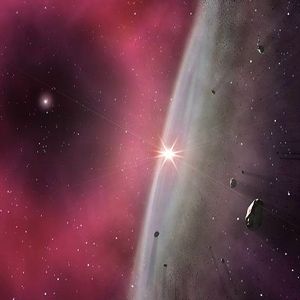
The findings challenge the theory that radioactive isotopes trapped in meteorites from the dawn of our Solar System originated in a supernova. They also shed light on the origins of water on Earth, says a study in the journal Meteoritics and Planetary Science, and may help astronomers predict how common water is on other planets.
"In the past, most people have been convinced that the radioactive isotopes present in the young Solar System must have come from a supernova," said co-author Maria Lugaro, an astrophysicist from Monash University in Melbourne.
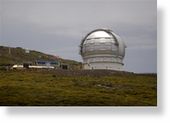

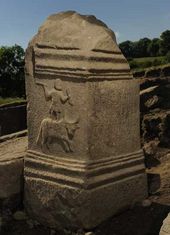
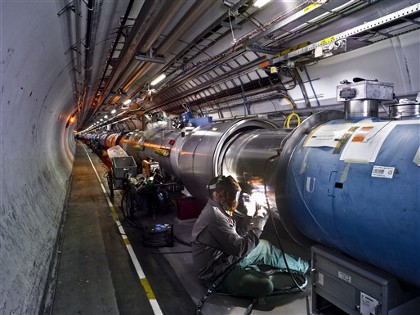

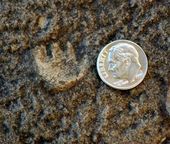



Comment: Volcanic eruptions? Somebody knows what's really going on . . .
Military Hush-Up: Incoming Space Rocks Now Classified
Nothing to see here folks, please move along . . .